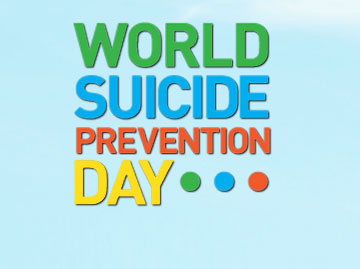As the national transport safety investigator, the Australian Transport Safety Bureau deals with reports of many different types of events—some of these involve self-harm.

Many of these result in loss of life, with a tragic ripple effect among family, friends and colleagues. That ripple can also extend to people who become involved inadvertently, such as train drivers or air traffic controllers.
World Suicide Prevention Day, on 10 September, is an opportunity to connect, communicate and care—three words at the heart of suicide prevention.
So how do we do this? There are six key steps.
- Reach out. Ask them directly if they are thinking about suicide. This shows you care and they’re not alone.
- Listen to them. Let them talk. They will often feel a great sense of relief that someone wants to talk to them about their darkest feelings.
- Check their safety. Stay with them, if you can. And remove the means of suicide.
- Decide what to do and take action. Talk about what you can do together to keep them safe. And don’t agree to keep it a secret.
- Ask for a promise. Thoughts of suicide may return, so ask them to promise to reach out and tell someone.
- Get help. This may be through a GP or a counsellor, psychologist or social worker. It could be through a school counsellor. And there’s always 000. Community health centres may be able to help, as could crisis supports services such as Lifeline and Kids helpline. See support from family and friends, youth group leaders, a sports coach, a priest, minister of religious leader.
We also need to reconnect with those who we’ve lost contact with. Today—and everyday—is R U O K Day. So check in with friends, loved ones, mates and colleagues and ask the question: Are you okay?
For more information, visit Lifeline Australia or R U O K.


